BLUE LIGHT
Blue Light is short wave light with a wavelength between 450−495 nm.
All colour is related to its wavelength and is what we know as the visible spectrum so as we can see it is quite normal and everyday so in itself is not harmful. In fact, natural exposure to blue light during the daylight hours boosts people's energy, alertness and mood. Blue skies make you feel good!
Sunrays, white light, bounces off various substances and the reflected light energy we describe as colour. Different-coloured light rays contain different amounts of energy. Rays on the red end of the visible light spectrum have longer wavelengths and, therefore, less energy. Rays on the blue end of the spectrum have shorter wavelengths and more energy.
This Ultra Violet high energy, short wave or blue end of the spectrum makes these light rays capable of producing changes in the skin that create a suntan. In fact, the bulbs in tanning booths emit a controlled amount of UV radiation specifically for this reason. Caution has always been advised in using these booths and beds.
But it’s in sunshine so why worry?
It is more a question of artificial light. There are many man-made, indoor sources of blue light, including fluorescent and LED lighting and flat-screen televisions, computers and cell phones. The latter emit significant amounts of blue light.
Because short-wavelength, high energy blue light scatters more easily than other visible light, it is not as easily focused. When you're looking at computer screens and other digital devices that emit significant amounts of blue light, this unfocused visual "noise" reduces contrast and can contribute to digital eye strain.
Blue light is very important in regulating circadian rhythm — the body's natural wakefulness and sleep cycle. Exposure to blue light during daytime hours helps maintain a healthful circadian rhythm. But too much blue light late at night (reading a novel on a tablet computer or e-reader at bedtime, for example) can disrupt this cycle, potentially causing sleepless nights and daytime fatigue.
Let’s be clear the first real concern is about damage to eyesight not skincare. In this area filters are a part solution not pots and potions.
We do have some peripheral interest in Circadian rhythms as we produce sleep products and skin repair depends upon good sleep.
Study after study has linked working the night shift and exposure to light at night to several types of cancer (breast, prostate), diabetes, heart disease, and obesity. It's not clear why night-time light exposure seems to be bad for us. But we do know that exposure to light suppresses the secretion of melatonin, a hormone that influences circadian rhythms perhaps lower melatonin levels might explain the association with cancer but there is no evidence. However, we do know that while light of any kind can suppress the secretion of melatonin, blue light at night does so more powerfully.
There is a logic that says that if we have damage to long exposure to UV we have skin damage then other high energy light can also damage skin. Japan seems to be where most of the concerns were generated stating that light emitted from phones, computers, and tablets penetrates more deeply into layers of skin than the sun's UV rays, thus accelerating aging. The claim is that it damages worse than UVB or UVA, [hitting the] skin deeper, where collagen or hyaluronic acid or elastin resides.
The idea of skin damage was promoted in 2013 by a Company called Lipo Chemicals and their brochure says ‘Our conclusion, based on this study and other research group’s studies, is that in order to maintain skin’s health the skin must be shielded from this wavelength. As a result, Lipo Chemicals has developed a novel, patent-pending compound that acts as an “umbrella” to shield the skin from HEV light.’ This about the only common information available and one must caution that the original studies were sponsored by Lipo.
A 2010 publish Photodermatol Photoimmunol Photomed. 2010 Feb;26(1):16-21.Said:- Visible blue light, as given in the present study, does not cause deoxyribonucleic acid damage or early photo-ageing. The biological effects of blue light on normal skin are transient melanogenesis and inexplicable vacuolization without resulting apoptosis. In conclusion, the (short-term) use of visible blue light in dermatological practice is safe.
EU document ‘Health effects of artificial light’, 19 March 2012, whilst cautioning that blue light exposure may cause eye problems and sleep pattern disturbance it spends more time in cautioning against vitamin D levels failing through not enough exposure to sunlight!
So no real evidence anywhere.
However, the Beauty Industry being what it is especially in the US, in 2015, New York-based beauty brand Make was one of the first to cater for those with screen concerns with its Moonlight Primer ($55), which purported to “shield against … HEV Light emitted from electronic devices and diminish the impact of Infrared Light”. Since then a broad spectrum of beauty brands, from Soap & Glory to Lancome, promote the HEV-blocking properties of their products.
Jean-Louis Sebagh, a celebrity cosmetic surgeon and skincare expert, subscribes to the notion that we should all be wearing a sunscreen and a “screen-screen”. “HEV can be as damaging to the skin as UVA and UVB combined,” he claims, but, but he cites the 2013 patent study I mentioned earlier from 2013.
My conclusion is that present published data does not support substantial damage caused to skin by Blu Light. It is equally clear that the industry has generated a band wagon without any particular objection from scientific circles. There are some aged studies (2003 and 05) that suggested DNA damage but have not been prominently used by journalists and bloggers who certainly do not exaggerate a problem. So, if no claim is made other than x product contains a shield then our use is valid. If, however we promote Blue Light as damaging then I would like to see that study from a non-commercial source before supporting a strong claim.

 Essential Oils
Essential Oils
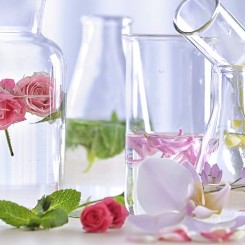 Hydrolats, Hydrosols, Floral Waters
Hydrolats, Hydrosols, Floral Waters
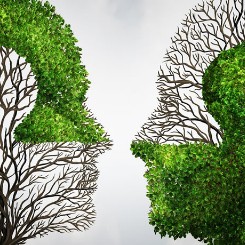 Synergies
Synergies
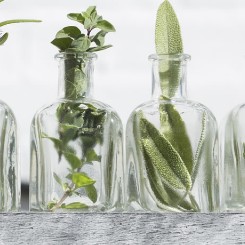 Herbal Oils
Herbal Oils
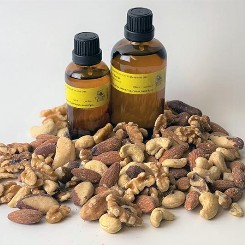 Vegetable Oils
Vegetable Oils
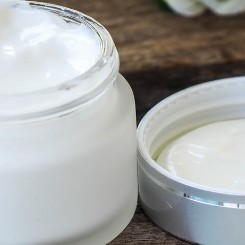 Bases
Bases
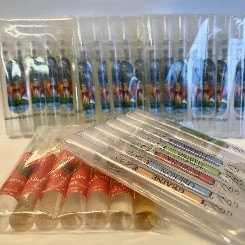 Books, Kits and Trial Packs
Books, Kits and Trial Packs
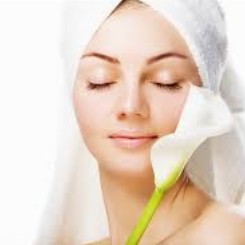 Skincare
Skincare
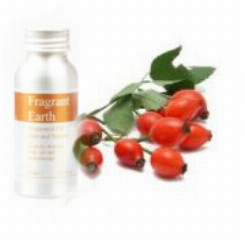 Body Care Oils
Body Care Oils
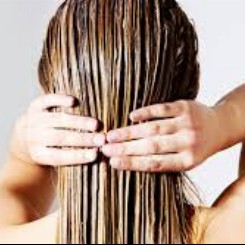 Hair Care
Hair Care
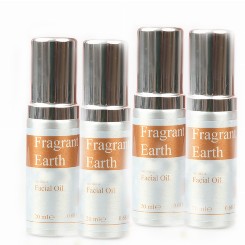 Facial Oils
Facial Oils
 Eco Bath
Eco Bath
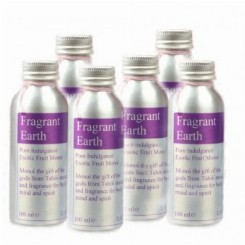 Pure Indulgence
Pure Indulgence
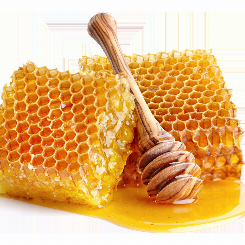 Honey, Beeswax & Propolis
Honey, Beeswax & Propolis
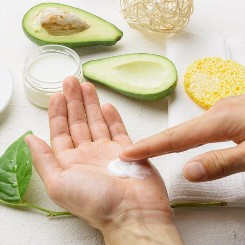 Handcream
Handcream
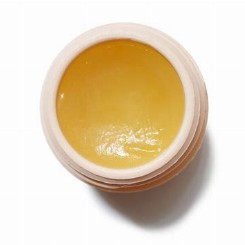 Balms, Salves & Ointments
Balms, Salves & Ointments
 Oral Care
Oral Care
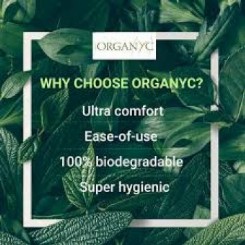 Feminine Hygiene
Feminine Hygiene
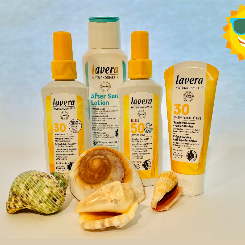 Sun Care
Sun Care
 The Walton Cat
The Walton Cat
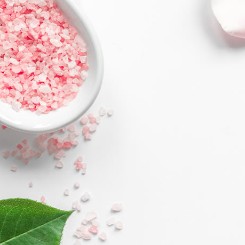 Bath Salts
Bath Salts
 Somerset Lavender
Somerset Lavender
 Diffusers
Diffusers
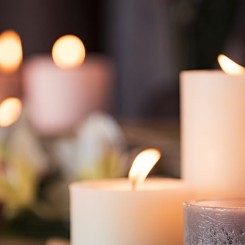 Candles
Candles
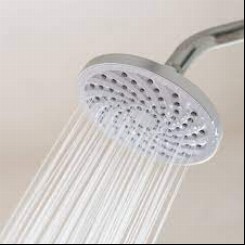 Shower Gel
Shower Gel
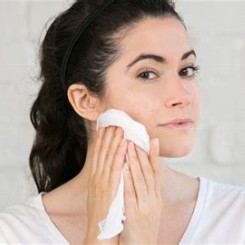 Soap
Soap
 Books
Books
-245x-245x.jpg) Aromatic Waters
Aromatic Waters
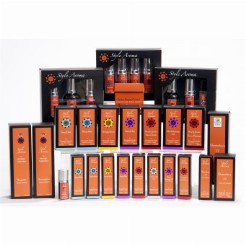 Style Aroma
Style Aroma
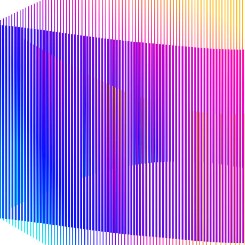 Synergy Blends
Synergy Blends
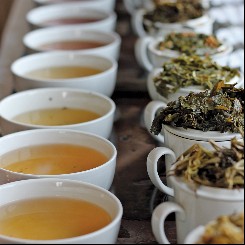 Miles Speciality Teas & Coffees
Miles Speciality Teas & Coffees
 Chocolate one of life's passions
Chocolate one of life's passions